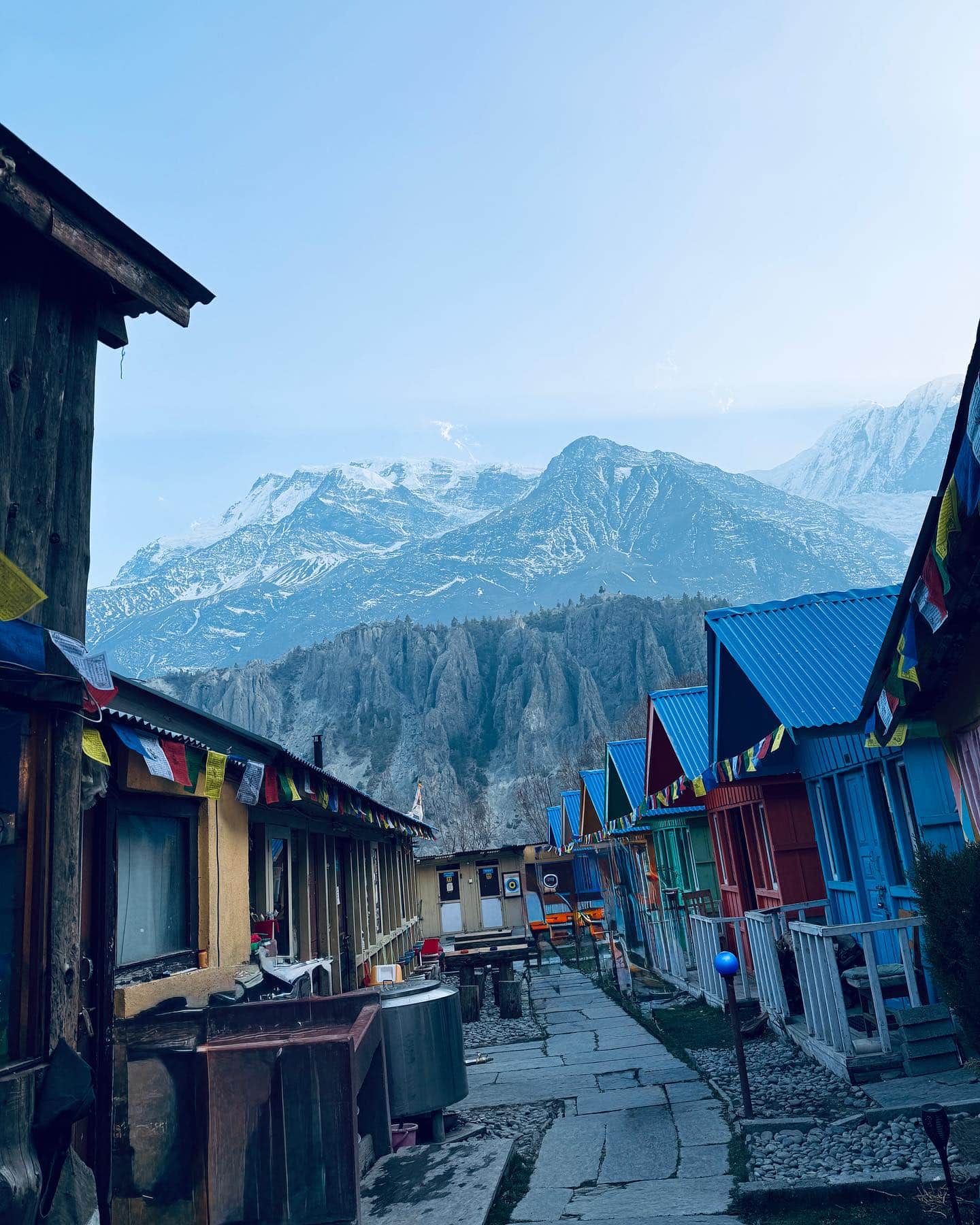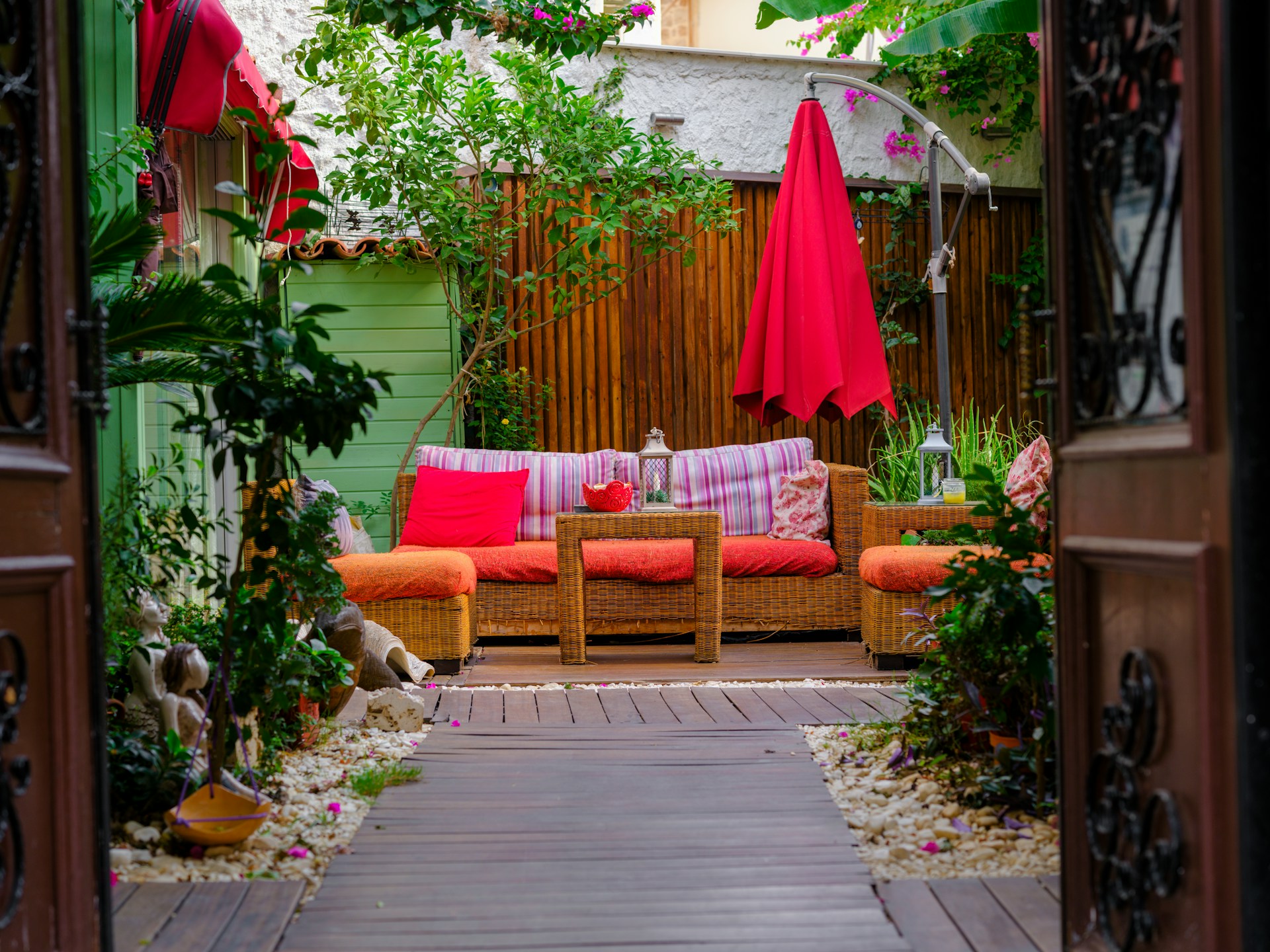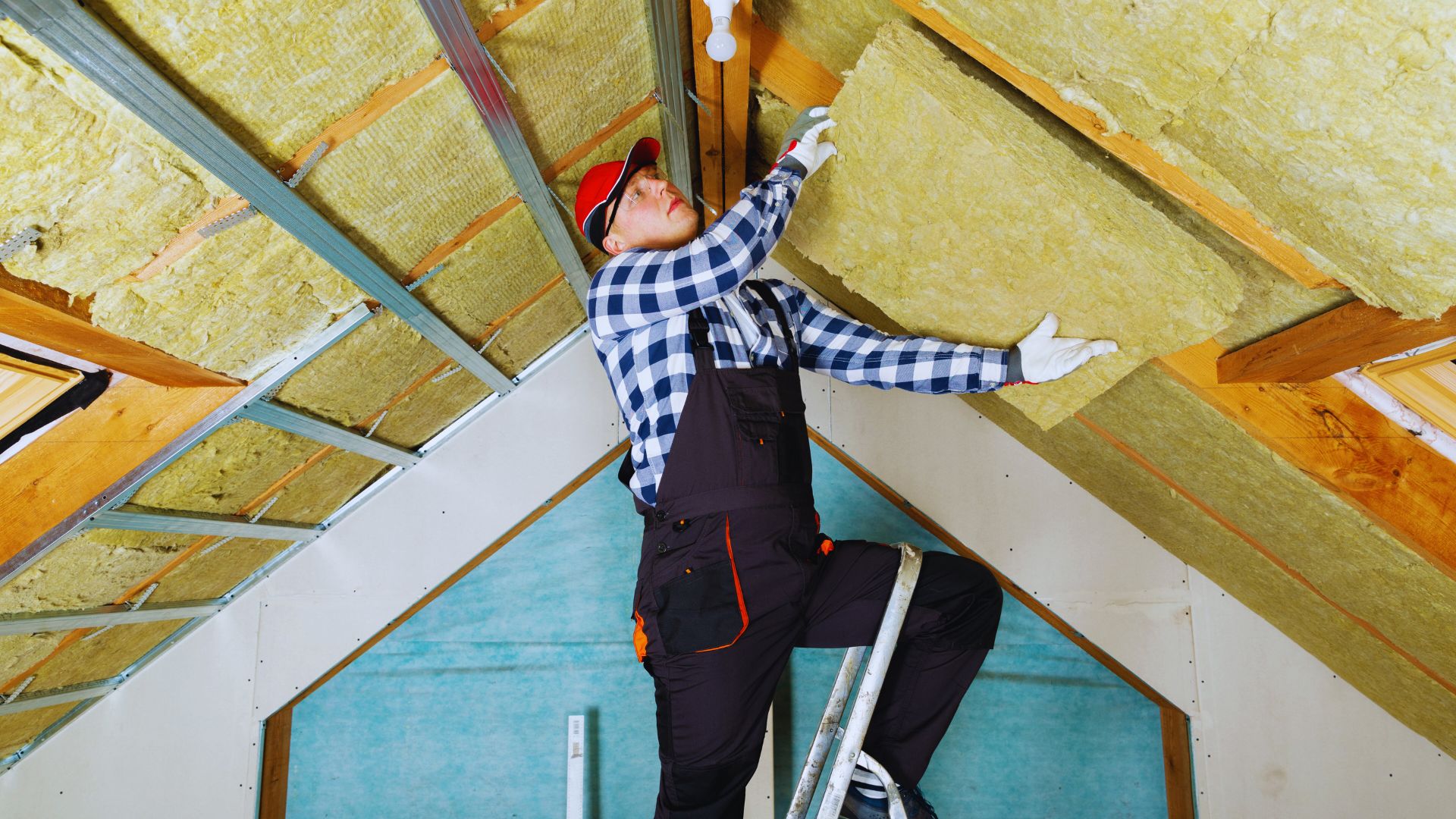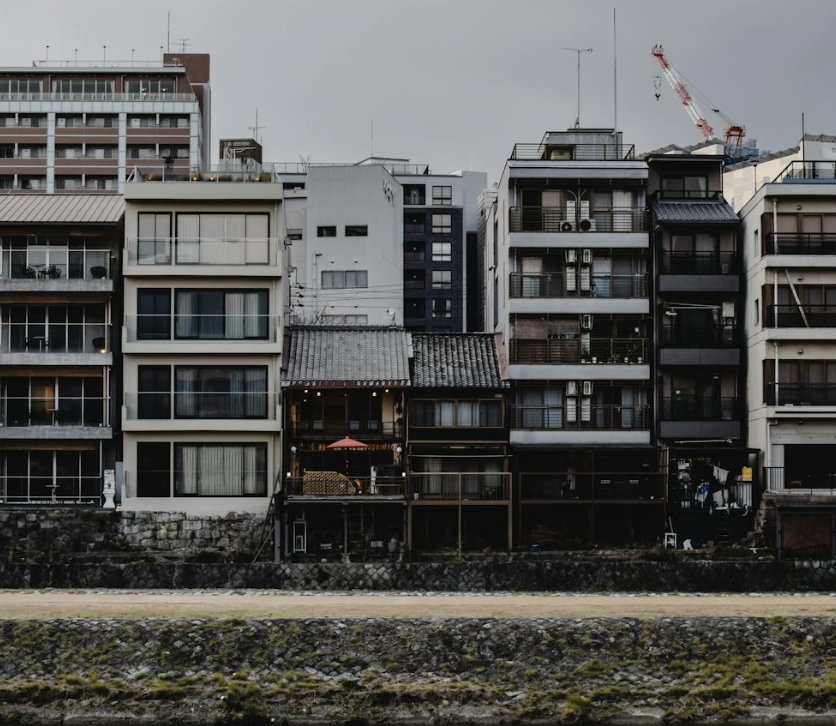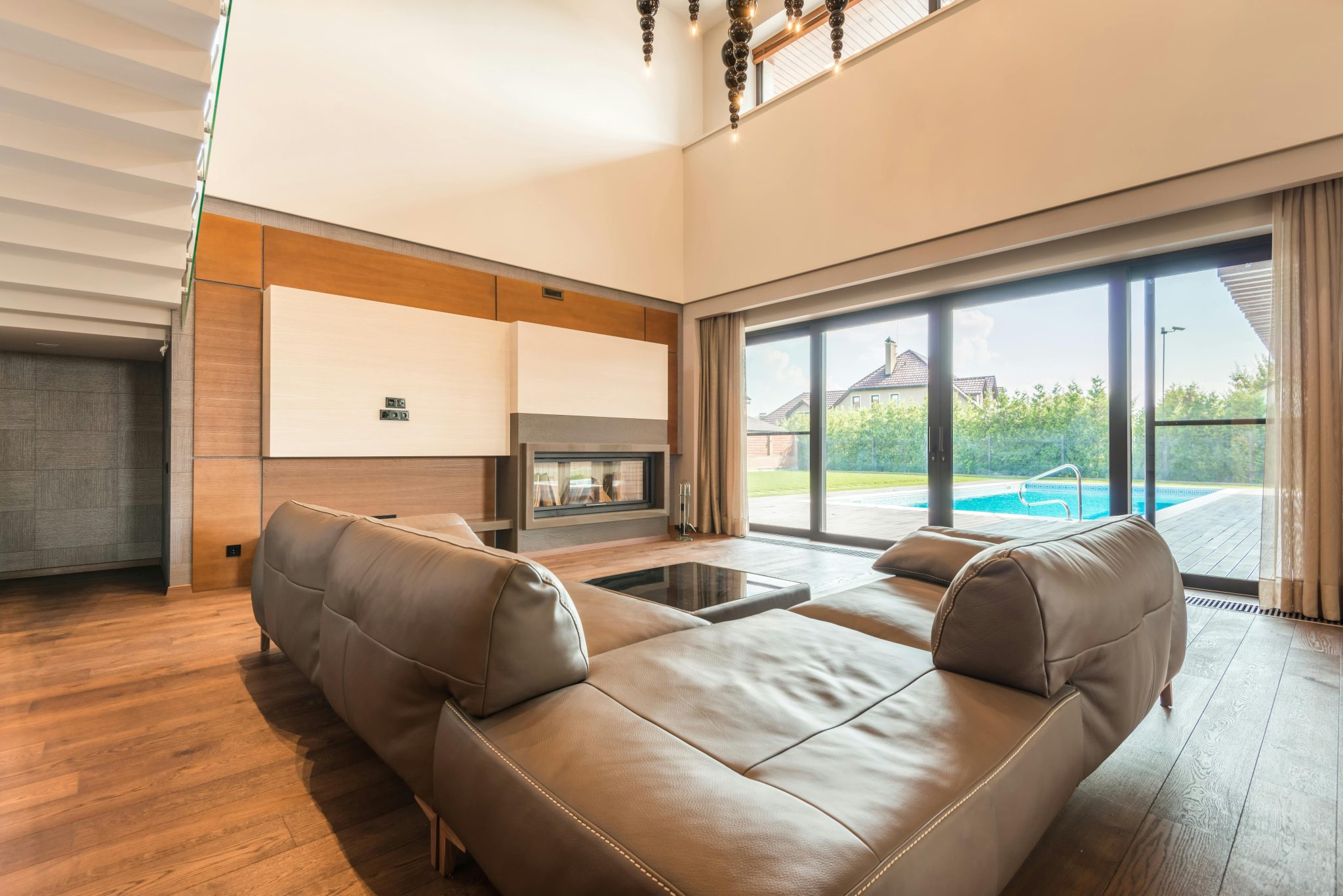Living with Nature on the Annapurna Circuit
There’s something grounding about stepping into a space that breathes with its surroundings, where walls are made of earth, rooftops dry corn under the sun, and everything has a purpose, a story, a rhythm.
In many parts of the world, this harmony with nature has been replaced by concrete and control. But in Nepal’s Annapurna region, nature isn’t something to escape from, it’s something to live with.
The Annapurna Circuit is more than just a hiking route. It’s a window into mountain life, where homes are shaped by wind and stone, culture is built into architecture, and living with less means experiencing more. This piece explores how the structures and shelters along the trail reflect a deep respect for the environment, blending simplicity, sustainability, and soul.
What is Traditional Local Building and Why Does It Matter?
Traditional local building is a way of creating homes using natural materials found nearby, like stone, wood, and mud, based on what the local people need and how they’ve built for generations.
It doesn’t follow modern design rules but grows from experience, climate, and culture, developed over generations without formal architectural training. In the Himalayas, particularly along the Annapurna Circuit Trek, this style isn’t just about looks, it’s about survival.
These structures reflect how people adapt to their environments using what’s readily available. They offer shelter that’s not only practical but also in harmony with the landscape. With harsh winters, limited access to materials, and high altitudes, Nepalese mountain homes are designed to last, breathe, and protect, making traditional local design both beautiful and functional.
How Mountain Homes Reflect the Annapurna Landscape
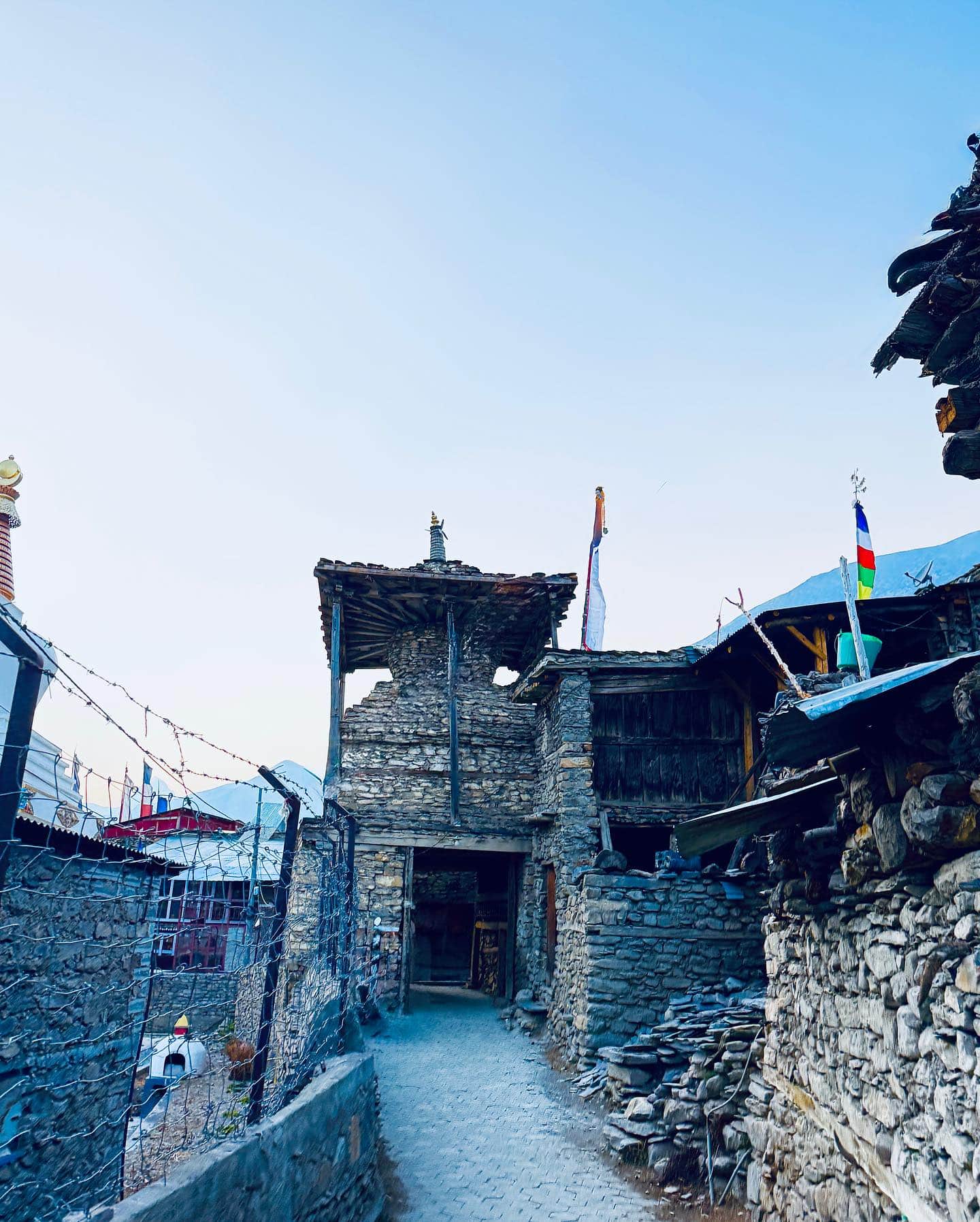
As you walk through the villages along the Annapurna Circuit, you’ll notice how the houses seem to grow out of the land itself. They are not built to stand out, they are built to belong. These mountain homes are shaped by the natural surroundings, local climate, and daily needs of the people who live there. From the materials used to the way they’re positioned on steep hillsides, every detail is thoughtfully designed to live in harmony with nature.
Natural Materials from the Surrounding Environment
The homes and teahouses along the Annapurna Circuit are built with stone, timber, mud, and yak dung, materials that are sustainable, durable, and easily sourced. Stone walls retain heat during cold nights, while wood beams offer structural flexibility in this earthquake-prone region.
These materials are not just practical, they help the structures blend into their environments, becoming part of the scenery rather than standing apart from it.
Blending Architecture with Terrain
Many mountain villages like Manang and Pisang are built on sloped terrain, with stepped homes and layered paths. Roofs are flat and often serve as outdoor working or drying areas.
The result? A flowing landscape where homes and hills merge naturally.
Passive Design Principles
Local builders take advantage of passive solar design, homes are often south-facing for maximum sun exposure. Thick walls provide natural insulation that helps during the region’s harsh winters and chilly nights.
Understanding the weather along the Annapurna Circuit also helps explain why these design choices matter so much. Without any modern HVAC systems, these homes stay surprisingly warm in winter and cool in summer, proving the efficiency of traditional techniques.
Aesthetics of Simplicity: Design That Serves Daily Life
The design of homes along the Annapurna Circuit reflects a deep love for simple and practical living. Instead of being filled with decorations, every item inside these spaces has a use and a meaning.
Inside these homes and teahouses, you’ll find clay stoves for warmth and cooking, wooden shelves that store daily essentials, and handwoven rugs that add comfort to cold floors. The furniture is handmade, often passed down through generations, and the windows are framed with beautifully carved wood.
This kind of interior design creates a peaceful feeling. It mirrors the way of life in the Himalayas, slow, thoughtful, and closely connected to the natural world. There’s a quiet beauty in how everything is used wisely, without waste, and with great care. Every element serves a purpose, whether it’s heating, cooking, or storing.
This minimalist interior creates a calming environment and reflects the Himalayan way of life: simple, slow, and connected to the rhythms of nature. There’s beauty in every detail, from carved wooden window frames to handcrafted furniture.
Teahouses and Homestays: A Look Inside
What It’s Like to Stay in a Himalayan Home
Trekking the Annapurna Circuit often means staying in family-run teahouses or homestays. Rooms are basic but cozy, wooden walls, warm blankets, and sometimes, a view of the snow-capped peaks.
Hospitality is at the heart of the experience. You’re not just staying in a house, you’re sharing a home, meals, and stories with locals who’ve lived on this land for generations.
Architecture for Climate and Culture
Architecture here adapts to both climate and community. Roofs are used for drying grains or clothes. Thick stone or mud walls hold in heat. Communal kitchens bring families and guests together, becoming the heart of the home.
Lessons Modern Design Can Learn from Annapurna
The homes along the Annapurna Circuit show that good design doesn’t always need to be high-tech or expensive. These mountain homes are built with care, using natural materials and smart design ideas passed down over generations.
They teach us that:
- Building with local, renewable materials helps the environment and supports the local economy.
- Designing for your surroundings, like using sunlight for warmth or sloped roofs for snow, makes buildings more comfortable and efficient.
- Creating spaces for people to come together, such as shared kitchens or gathering areas, strengthens community.
These ideas are useful far beyond Nepal. Modern homes and cities can become more peaceful, sustainable, and connected by following the simple, thoughtful ways of mountain living. Instead of always building bigger and faster, we can learn to build better, just like the people along the Annapurna Circuit.
Conclusion
The Annapurna Circuit isn’t just a trek, it’s a journey through living history, where the architecture is as breathtaking as the views. These homes tell stories of survival, tradition, and balance with nature.
By observing and appreciating the mountain villages we pass through, we gain more than beautiful photos, we gain insight into a way of life that values simplicity, resourcefulness, and respect for the land. And maybe, we bring a little of that back home with us.

